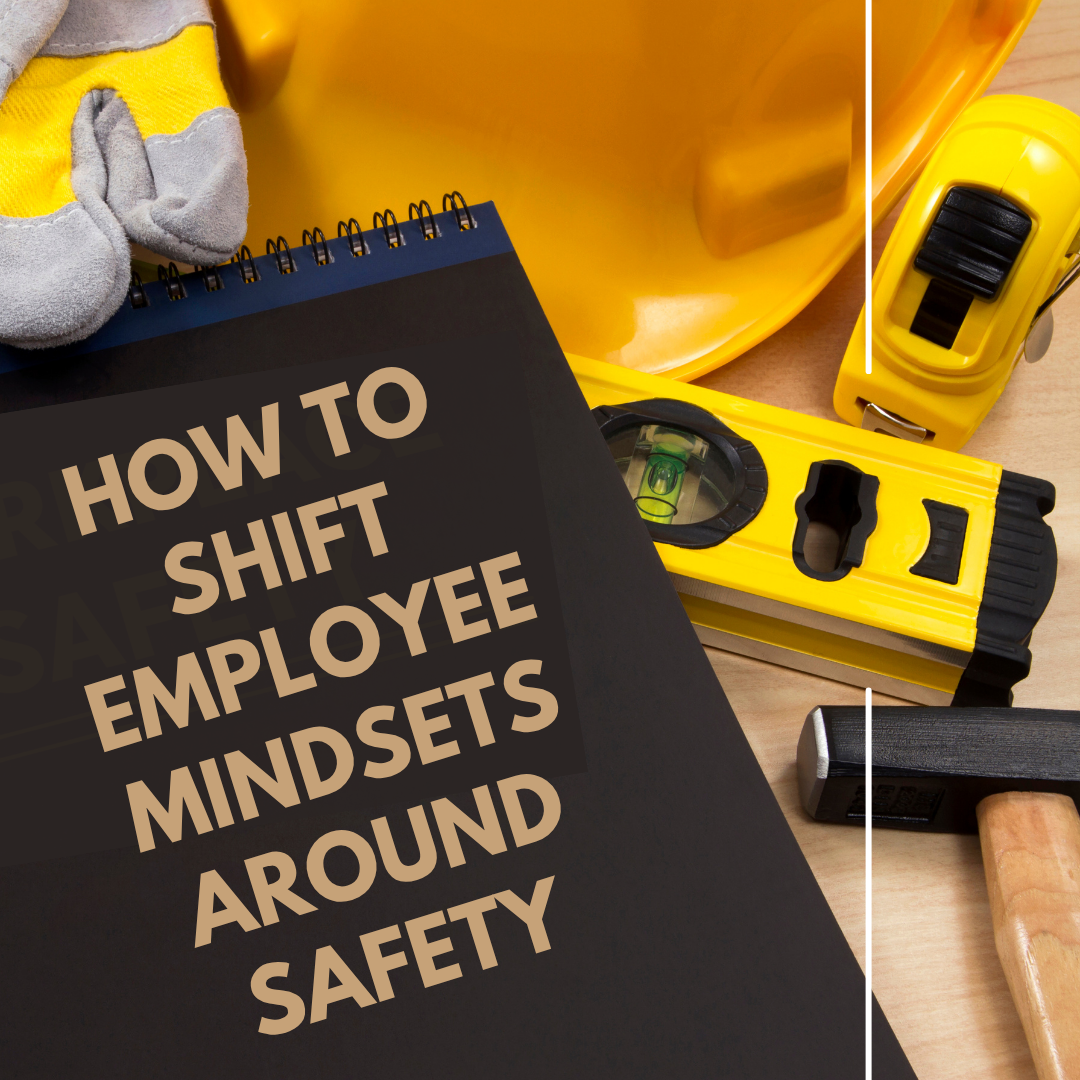How to Shift Employee Mindsets Around Safety
You’ve put policies in place. You’ve done the training. You’ve posted the signs. But if your team still takes shortcuts, shrugs off hazards, or waits for someone else to speak up, you’re not dealing with a policy problem. You’re dealing with a mindset problem.
Changing how employees think about safety is the key to building a culture that lasts. When safety is just a rule, it’s easy to ignore. When it’s a shared belief, it drives behavior even when no one’s watching.
Here’s how to shift mindsets and make safety something people believe in, not just follow.
Start by Listening Before Lecturing
If your first step is more rules or more training, you may be missing the point. Many workers have valid reasons for their current behavior:
“It takes too long to do it the ‘right’ way.”
“I’ve been doing this for 20 years without a problem.”
“No one else follows that policy.”
“If I report this, I’ll get in trouble.”
To shift mindsets, you have to understand what’s shaping them.
Start by holding honest, informal conversations. Ask workers:
What do you see as the biggest safety risks in your job?
Are there any safety steps that feel unrealistic?
Have you ever felt pressure to cut corners?
When people feel heard, they become more open to change.
Connect Safety to What Matters to Them
Many employees don’t change behavior because they haven’t internalized why it matters. Telling someone “follow the procedure” isn’t as powerful as saying:
“We want you to go home the same way you came in.”
“Your family depends on you coming back safe.”
“Your experience sets the tone for new employees, people watch how you work.”
Use stories, not just statistics. A real-life example of a near-miss or injury that hit close to home will stay with someone far longer than a PowerPoint slide.
Safety becomes personal when it’s tied to people’s values not just policies.
Model the Behavior You Expect
Nothing undermines a safety message faster than leadership that doesn’t live it.
If supervisors skip PPE, ignore shortcuts, or never participate in safety talks, employees will do the same.
Modeling safety means:
Managers walk the floor and wear the same protection they ask others to
Executives mention safety in meetings and show up for walkthroughs
Supervisors recognize safe behaviors—not just call out mistakes
Employees are always watching. Consistency in leadership behavior is one of the fastest ways to shift mindset.
Make Safety a Two-Way Conversation
Mindset shifts don’t come from commands. They come from conversations.
Involve employees by:
Asking them to help develop procedures
Inviting them to lead toolbox talks
Collecting feedback through short, anonymous check-ins
Encouraging near-miss reporting as a smart move, not a weak one
When workers feel ownership, safety becomes our responsibility, not their rule.
Reward the Right Things
If your company celebrates "working fast" but not "working safely," guess what people will prioritize?
Recognize:
Employees who take time to report issues
Teams with clean safety audits
Individuals who speak up in safety meetings
Near-misses that were caught and corrected
Use small rewards, public shout-outs, or even simple praise. Shifting mindset means shifting what gets noticed.
Be Patient, Consistent, and Honest
Changing attitudes doesn’t happen overnight. It takes:
Consistent messages from leadership
Steady follow-through on concerns
Real consequences for unsafe choices
Time for trust to build
Avoid quick fixes or one-time campaigns. Think long-term. When your team sees that safety is always part of the conversation, they begin to believe it matters.
Final Thoughts
You can’t build a strong safety culture by force. You build it by changing minds, one conversation, one decision, one example at a time.
At Nano Safety & Security, we help organizations shift from compliance-driven safety to belief-driven culture. If you're ready to move beyond rules and start changing mindsets, we’re here to help.


